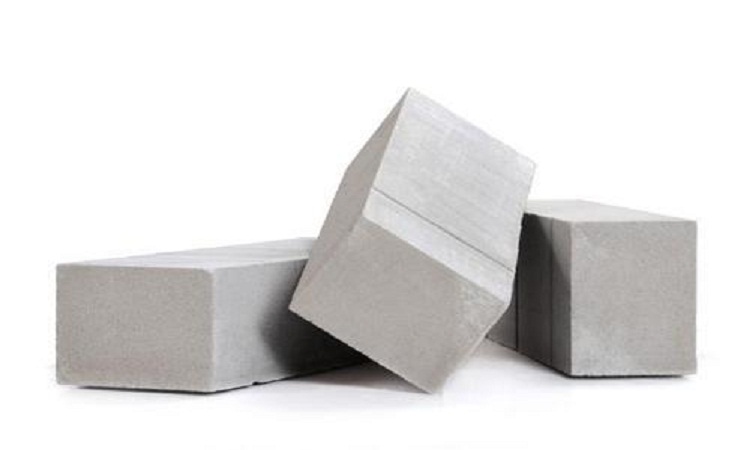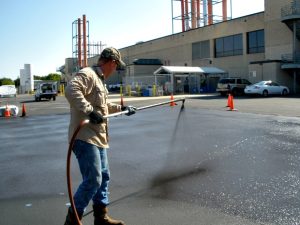Insulated concrete blocks have acquired notoriety in development projects because of their energy productivity, solidness, and ecological advantages. While selecting insulated concrete blocks for a building project, a few factors ought to be thought about to guarantee ideal performance and cost-viability contrasted with ordinary insulated concrete block. We should investigate these factors and comprehend how they contrast from conventional concrete blocks.
Warm Performance:
Insulated concrete blocks are intended to give better warm protection thought about than ordinary concrete blocks. The warm opposition, frequently communicated as R-esteem, decides the block’s capacity to oppose heat stream. While selecting insulated concrete blocks, consider their R-esteem and guarantee they meet the project’s energy productivity necessities. Higher R-values show better protection properties, prompting diminished warming and cooling costs after some time.
Primary Strength:
Both insulated and ordinary concrete blocks offer great underlying strength, yet the piece and configuration might fluctuate. Insulated concrete blocks normally highlight coordinated protection materials, like extended polystyrene (EPS) or froth, sandwiched between concrete layers. These blocks give equivalent or even prevalent primary strength while offering upgraded warm performance. While selecting insulated concrete blocks, confirm their heap bearing limit and similarity with the project’s primary prerequisites.

Dampness Obstruction:
Dampness interruption can think twice about honesty of building materials and lead to shape development and primary harm. Insulated concrete blocks frequently consolidate dampness safe coatings or obstructions to forestall water invasion. Moreover, the protection material inside the blocks might have inborn dampness opposition properties. While selecting insulated concrete blocks, focus on those with sufficient dampness obstruction elements to guarantee long haul strength and keep up with indoor air quality.
Ecological Effect:
Insulated concrete blocks are considered more harmless to the ecosystem than customary concrete blocks because of their energy-saving properties and diminished carbon impression. The protection material inside the blocks further develops the building’s energy productivity, accordingly decreasing the general energy utilization and ozone depleting substance emanations.
Establishment and Cost Considerations:
Insulated concrete blocks might require specific establishment procedures contrasted with regular concrete blocks. Factors, for example, block size, weight, and interlocking components can affect establishment proficiency and work costs. Furthermore, consider the by and large lifecycle cost of insulated concrete blocks, including starting price tag, energy investment funds, and upkeep costs.
Selecting insulated concrete block for a building project includes assessing factors like warm performance, underlying strength, dampness obstruction, ecological effect, and establishment considerations. Contrasted with regular concrete blocks, insulated blocks offer predominant protection properties, upgraded strength, and natural advantages, settling on them a convincing decision for energy-proficient and practical development projects.

























